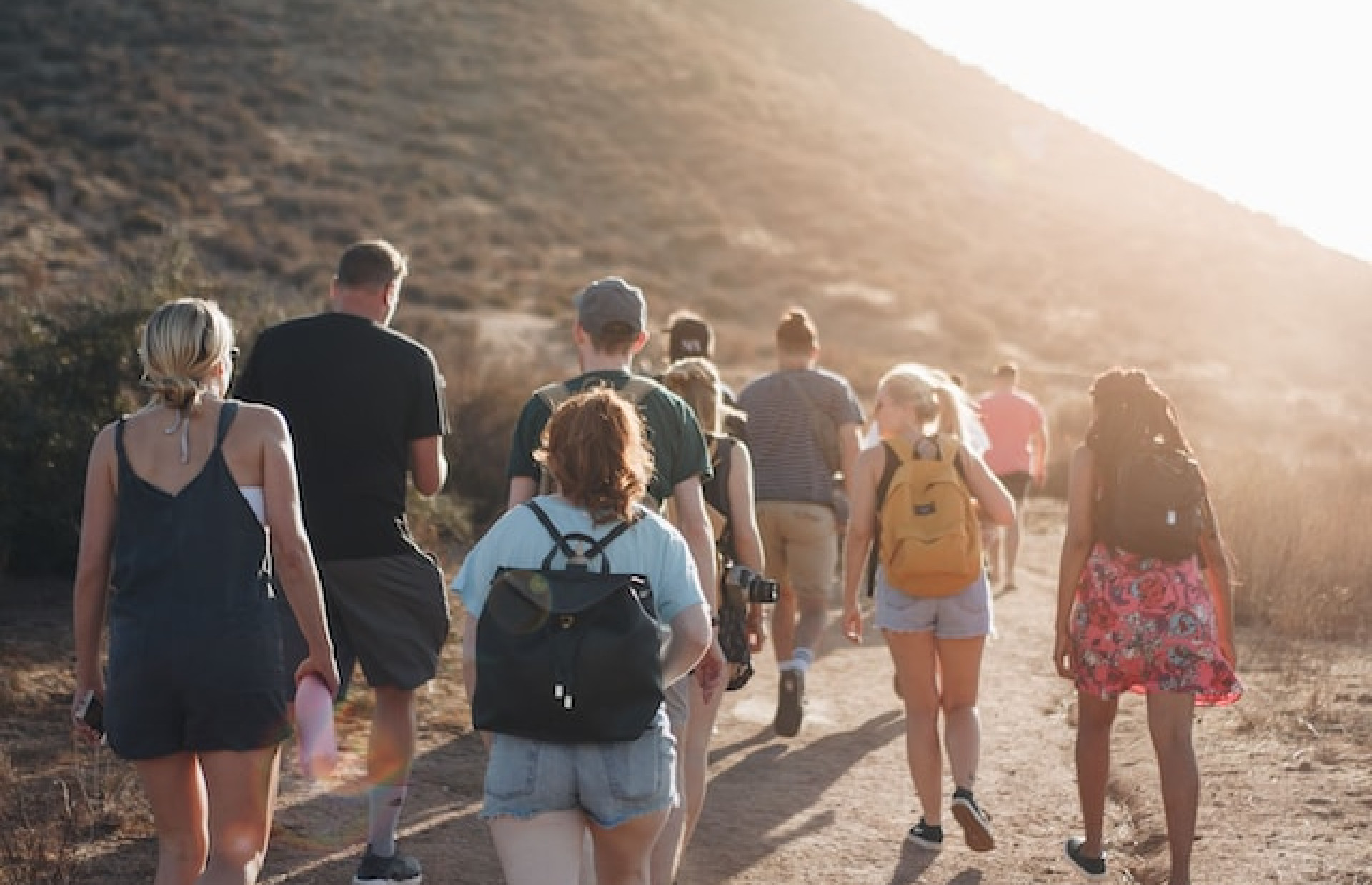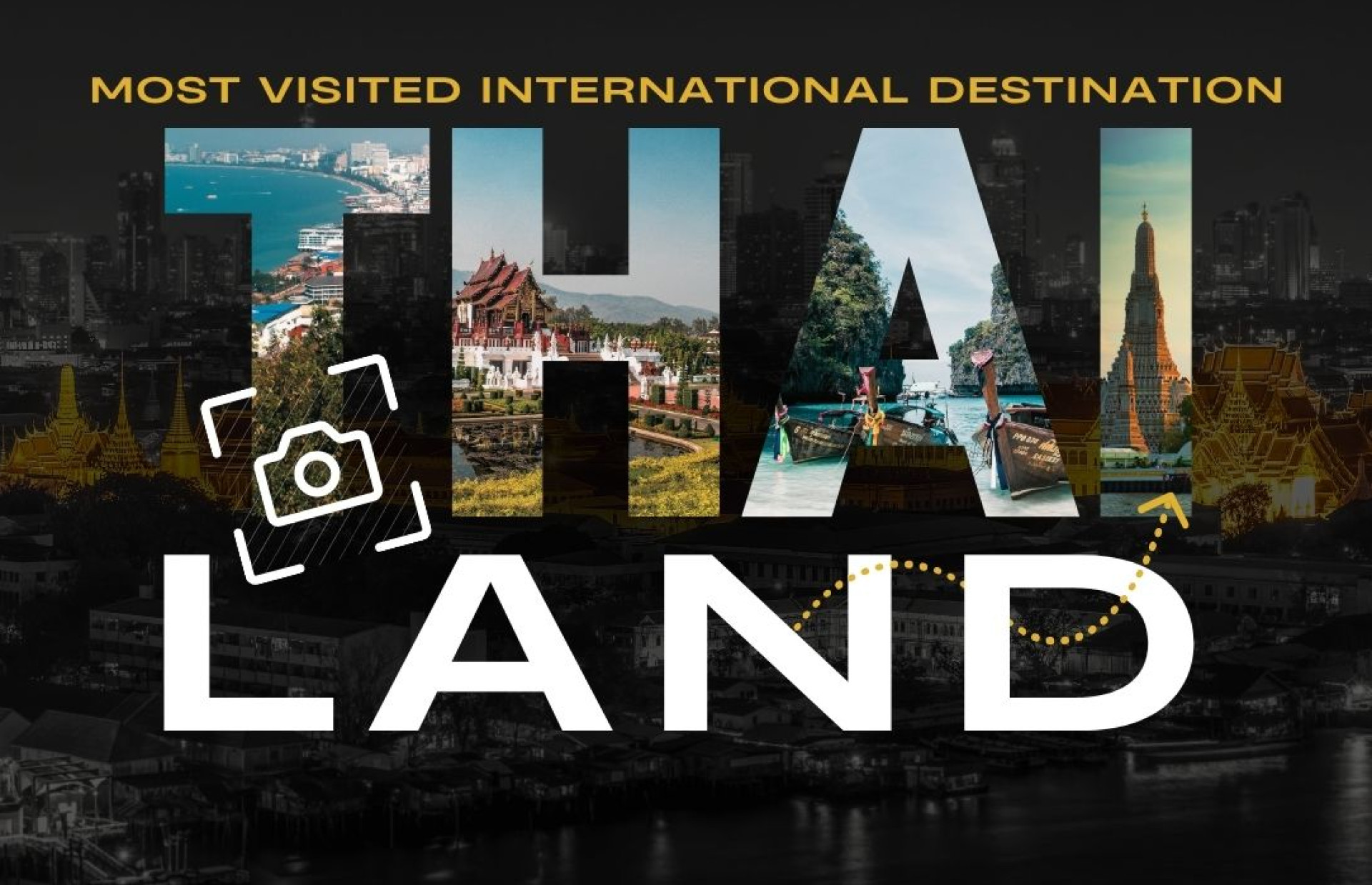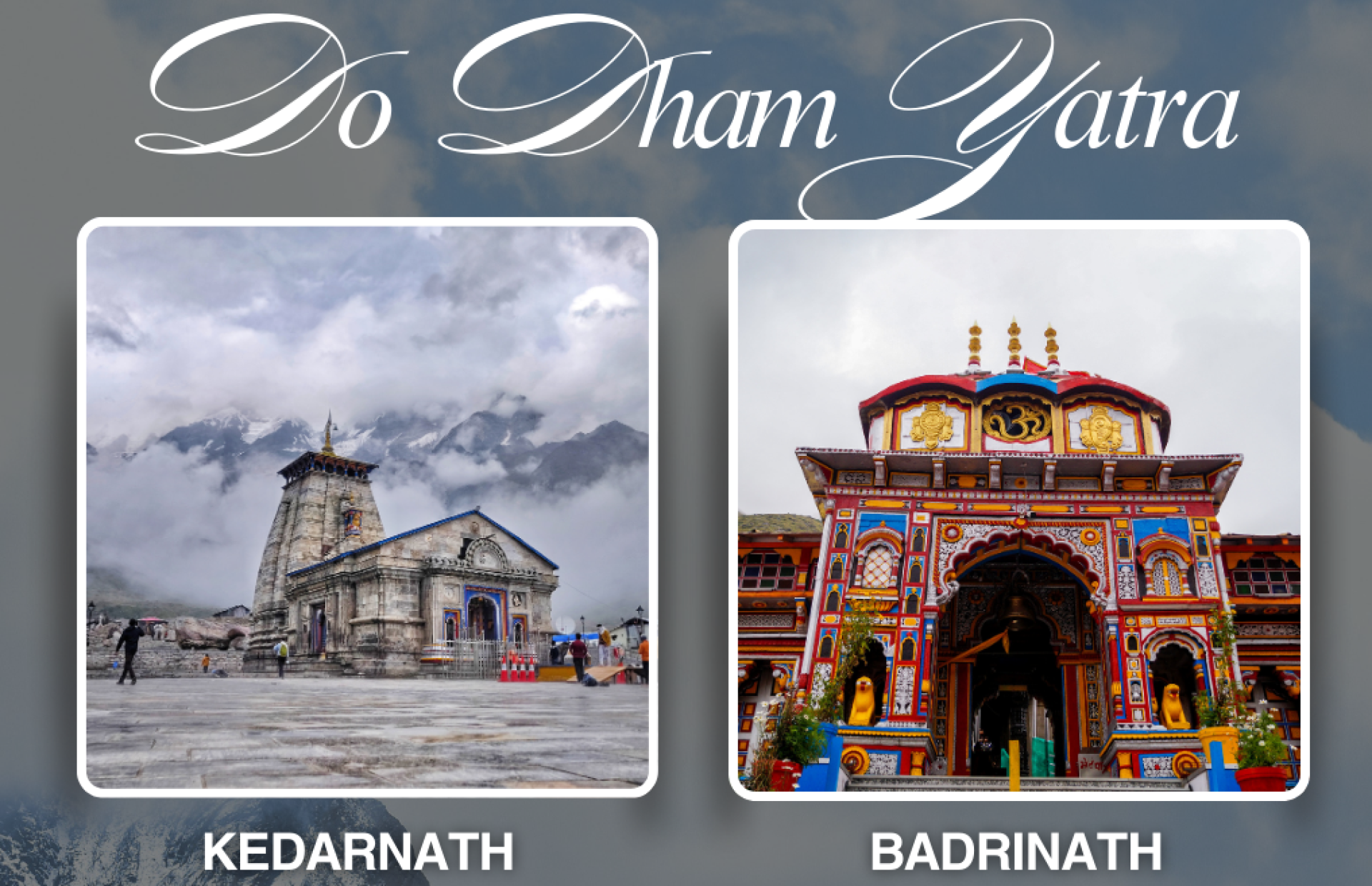CHALTE CHALTE yuhi….
WHY WALK?
Uniqueness of every place is depicted by its history, heritage, precincts, culture, attire, cuisine, inhabitants and architecture. And, all of these hidden troves can be discovered tucked in the confines and narrow bylanes of every place. The tangibility of an experience and these beautiful discoveries are lost when one confines one self to the seat of the guided tour bus listening to the commentary of a tour guide on board or the audio device that you have plugged in. Transportation mode can be enabler for a tourist in terms of rapid connectivity between attractions that are considerably faraway from each other however the authentic immersion with the place can happen only when one walks. Many tourists and travel vloggers consider walking as a best way to delve into and understand the nuances of the destination visited by walking and treading the narrow alleys of the destination visited. Walks, guided tours, strolls, trails are different terms for the walking. Walking tours are the best treat for the genuine travelers as they can spend sufficient time at the locations visited to their heart’s content, interact with the locals, discover the cut off areas not visible on the usual guides, discover new short-cuts, understand, learn and capture area related trivia and do much more…
Weaving off self paced walking tours in the conventional destination itinerary on “DAY AT LEISURE” may go a long way in increasing engagement level of traveller with the place visited.
Every step steadily unveils the tangible and intangible dimensions of the place as stories, narratives, mysteries of the past steadily come to life. This culmination from meandering in alleyways - to guided walks - to experiences is all thanks to the niche millennial seeking wider authentic experiences. This millennial can be locals oblivious to the intricacies about their own cities/towns, tourists or hobbyists satiating their exploratory passion.
Walking as tourism product can be developed as a community based tourism product which is bilaterally beneficial for both tourists and destination. If well planned, managed and interpreted by a set of skilled professional then it can become a part of the destination welfare policy.
UNWTO report says that TRAIL DEVELOPMENT generates high social, economic benefits by giving recognition to the entities (small business owners like craftsmen, weavers, musicians, pantomime organizers, food vendors etc) whose unique skills, lifestyles, crafts or customs were hitherto hidden and it requires small investment. This CARBON NEUTRAL activity can be a part of SUSTAINABLE TOURISM DEVELOPMENT AGENDA.
THEMES & TYPES
It can be conveniently complemented with other tourism resources and doesn’t require any special or fixed assets. Different THEME BASED TRAILS can be launched centered on themes like arts, heritage, cuisine, cultures, literature, special events and many more. However, to make it sustainable economic activity needs a cautious approach as the roads on which tourists will walk on, the vendors from whom they will buy are common for both locals and tourists.
CAUTION
Incursion of space and preferential treatment meted out to the tourists on the part of local stakeholders may result into resentment amongst locals making the endeavor counter-productive. SKILL DEVELOPMENT amongst locals for enabling them to cater to the myriad demands of the visitors can make locals feel involved thus leading to creation of entrepreneurial platform for the entrepreneurs and residents alike. Skilling of tour conductors is even more important as they are the one’s who slowly disentangle the complex past and present it in the form of narratives while moving from alley to alley. Segmentation of walking tourism as an offering can be done based on variables like Age of visitors, their interest levels, the area / region from where they originally originate from etc.
WALKS GIVE IDENTITY TO THE UNKNOWN
With the passage of time a lot of indigenous heritage maybe forgotten and eventually wiped out. Such tours act as a catalyst for revival by taking the visitors in the bylanes of the bygone thus helping in revival of the bylane cultures. ASI (Archaeological Survey of India) a key national institute is playing a major role in the segregation and revival of heritage sites all across India by identifying and earmarking the dedicated heritage zones for activities like guided walks. One of the project that needs a special mention in New Delhi is Nizamuddin Conservation Area. Many experts also believe that by creating cultural and heritage based walking tours can be a ideal way of recognizing and tapping into the ABUNDANCE OF HERITAGE (Tangible & Intangible) in India. What more sometimes despite of being born at a specific place one tends to be totally ignorant about the nuances that make up the place. Walking Tours then become a medium via which even the locals can rediscover the area and look at it from a totally new perspective.
Interpretation and Narratives
There must be no obfuscation in the narratives which are communicated to the tourist as they play a vital role in shaping the beliefs and ideologies. Here, the authenticity and genuineness is a key element during the walks and WALK NARRATIVES must be audited diligently before converting it into a full-fledged tourism product. Any misinformation can harm the intentions and sentiments of the traveller’s or sometimes the country as a whole, if interpreted under influence of a certain ideology and its adherents. “Interpretation must be GENUINE and must be given SPECIAL ATTENTION”
Inclusiveness
Commercialization steps in as walks steadily gain popularity and number of people increase. Walking Tourism has a strong potential to stimulate the local economy. The onus then lies on organizer to do the stakeholder analysis and ensure that all the stakeholders are benefited out of it from the local guide, tea seller, local restaurant joints, street food vendors dishing out delicacies, shop owners selling their local wares, local bus / car / cab operators, conservationists, law and order authorities everyone must be considered and benefit ted. For better organization and strategic planning the Universities and associations must be entrusted the responsibility to identify, research and organize the walks.
There’s a Story at every nook, corner and TURN,
It just needs a CHURN, so that all can relish,relive and LEARN










